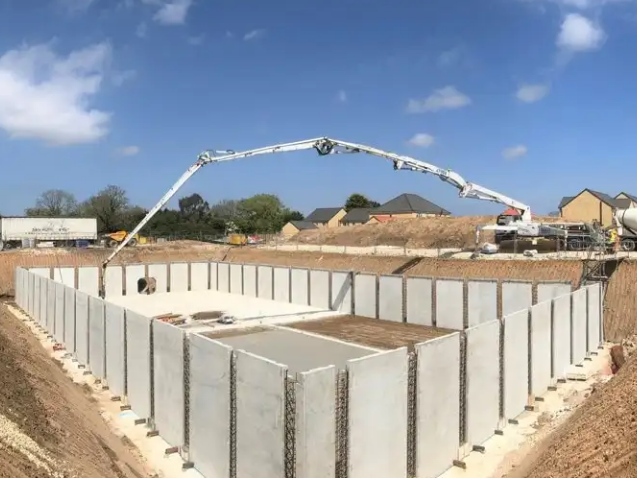Two Stormwater Management Strategies for Crowded Cities
We all love rain, its musty smell, and soothing sound. Something is relaxing about seeing the sky pouring gallons of water on the earth. But heavy rainfall is not always romantic for urban people because it causes flooding and water pollution. In a natural setting, most of the stormwater is absorbed by the soil and green plants, thereby assisting in recharging the groundwater. And, the rest water is channeled through the natural waterways, thereby recharging the surface water bodies. Well, this natural hydrological system does not work the same way in cities because of the abundance of concrete structures all around.
As rainwater that tumbles onto the ground does not find a way to go somewhere, it causes waterlogging. Although the stormwater drainage network channels the rainwater from its source of origin to the nearby water bodies, it fails to manage the runoff in case of heavy rainfall. Flood causes millions of dollars of damage to the infrastructure. Plus, as water is incredibly good at picking up whatever comes in its way, it causes significant damage to the aquatic ecosystem. The pesticides and fertilizers that reach the rivers and sea along with stormwater runoff support the growth of weeds and phytoplankton and inhibit the growth of other important species. Plus, when the pollutants reach the freshwater bodies, they make it unfit for consumption. To prevent all the problems caused due to the improper management of stormwater, we should implement the following practices:
1) Stormwater attenuation system
It hinges on the concept of storing the rainwater into a tank and then releasing it into the main drainage system at a moderate rate. The stormwater attenuation tank can be installed underground, even in high-traffic areas like parking ground. Detaining the water falling on the impervious surfaces like rooftops into a tank helps to prevent waterlogging. Plus, the water stored in this tank can be allowed to rest for a few hours or days, before being released to the storm drains. This simple process allows the dirt particles in the water to settle down. Therefore, the stormwater attenuation tank helps in managing the quality and quantity of rainwater.
2) Green infrastructure practices
Green infrastructure practices make the use of green plants and soil to restore the natural hydrological balance. Rain gardens, planter boxes, green streets, bioswales, and permeable pavements act as a high-quality filter that captures the dirt, fertilizers, and pesticides from the stormwater. While you can use different kinds of plants for this purpose, mushrooms are best at filtering out nutrients and waste from water. Unlike a stormwater drainage network that diverts the rainwater from its source to the nearby water bodies, GI practices focus on recharging groundwater. This is the most cost-effective way to manage the quantity and quality of stormwater that has environmental, social, and economic benefits.
Conclusion- While the urban infrastructure contributes to the problem of flooding and water pollution, using the above-mentioned techniques can prevent these issues, thereby restoring the natural hydrological balance. Both these methods are useful in trapping most of the water from rainfall and reuse it. Well, both rain and urbanization will never go away but stormwater attenuation system along with GI practices can go a long way in protecting aquatic life and preventing stormwater pollution.



Comments
Post a Comment